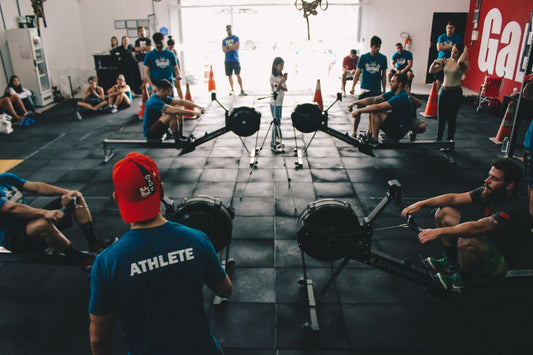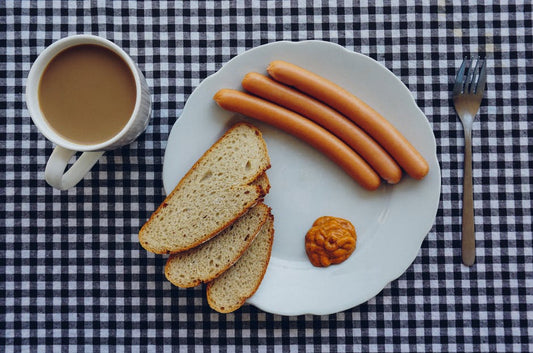CrossFit

Cross Training Nutrition– Eating Right for Maxi...
CrossFit is a transformative lifestyle. It consists of a system of exercises prescriptions powered by customized CrossFit nutrition. The intensity of the workouts requires that you have a diet that...
Cross Training Nutrition– Eating Right for Maxi...
CrossFit is a transformative lifestyle. It consists of a system of exercises prescriptions powered by customized CrossFit nutrition. The intensity of the workouts requires that you have a diet that...

Cross Training Diet - Want to Lose Fat? Here ar...
Fat loss is an important health goal CrossFit training schedules inculcate to the benefit of both beginner and elite athletes. People trying to lose body fat at times go for...
Cross Training Diet - Want to Lose Fat? Here ar...
Fat loss is an important health goal CrossFit training schedules inculcate to the benefit of both beginner and elite athletes. People trying to lose body fat at times go for...

Cross Training workout: Easy Breakfasts to Boos...
Have you just completed an early morning CrossFit workout and you are feeling somewhat tired, sweaty, and very hungry? Well, this is a common feeling after you give your morning...
Cross Training workout: Easy Breakfasts to Boos...
Have you just completed an early morning CrossFit workout and you are feeling somewhat tired, sweaty, and very hungry? Well, this is a common feeling after you give your morning...

